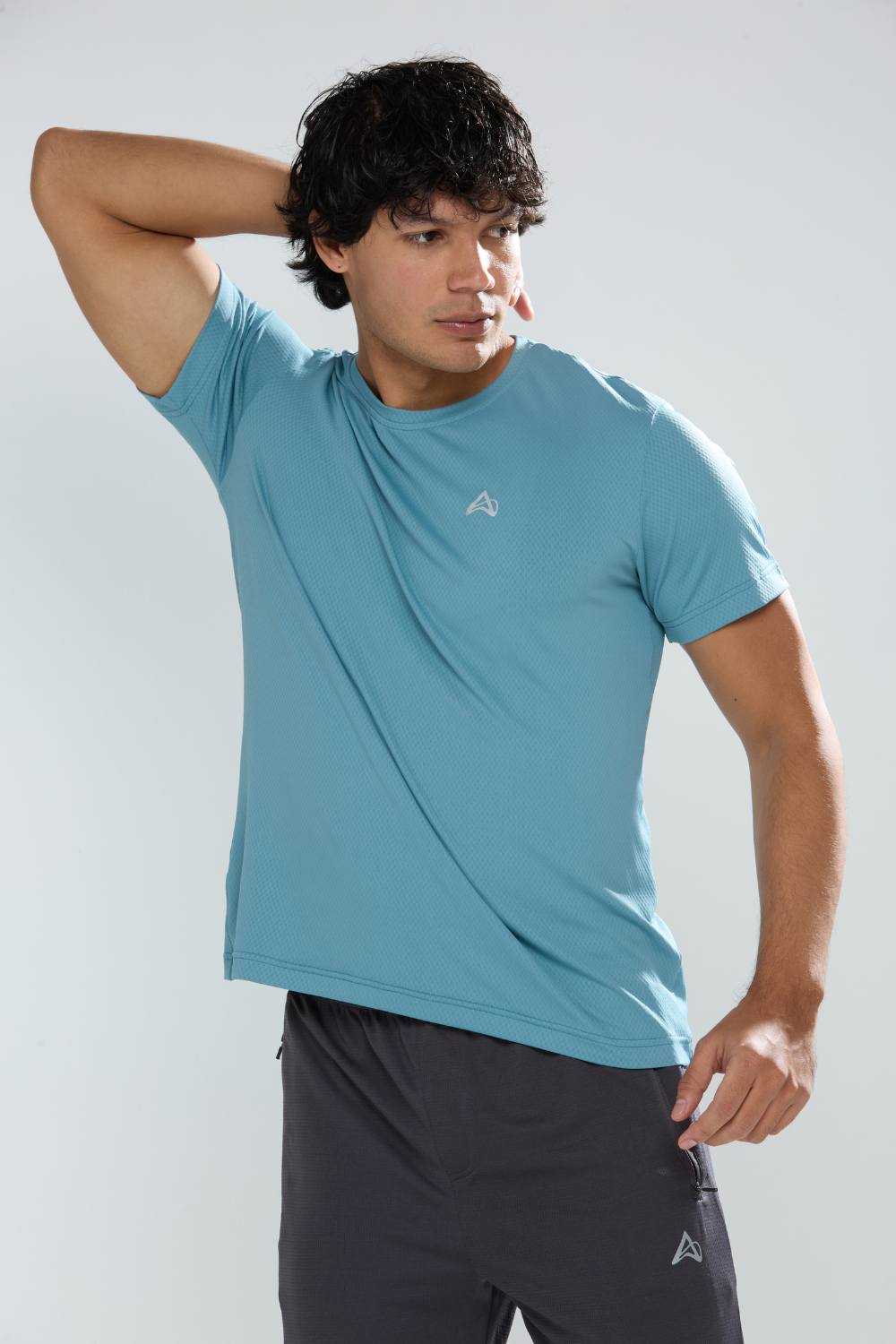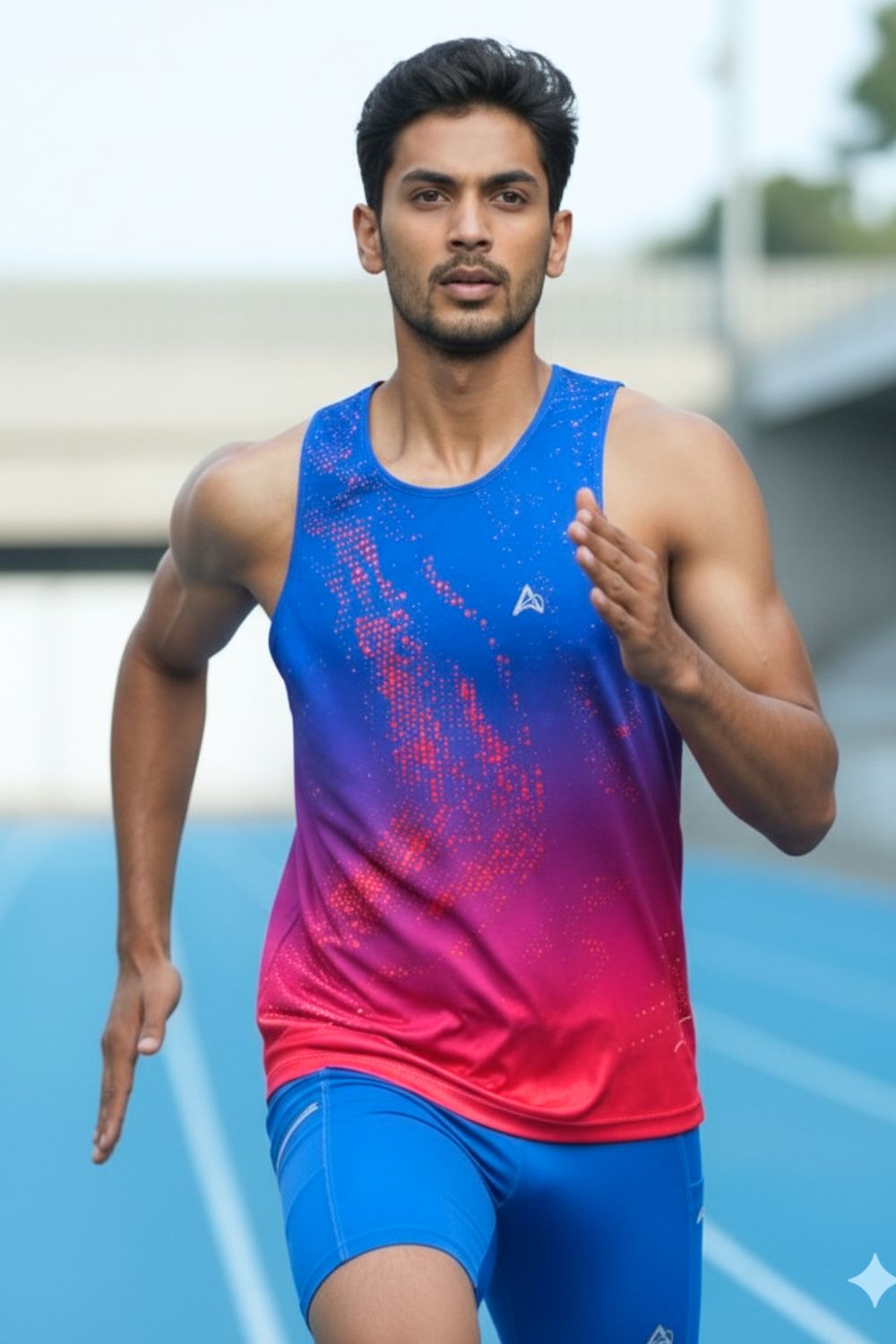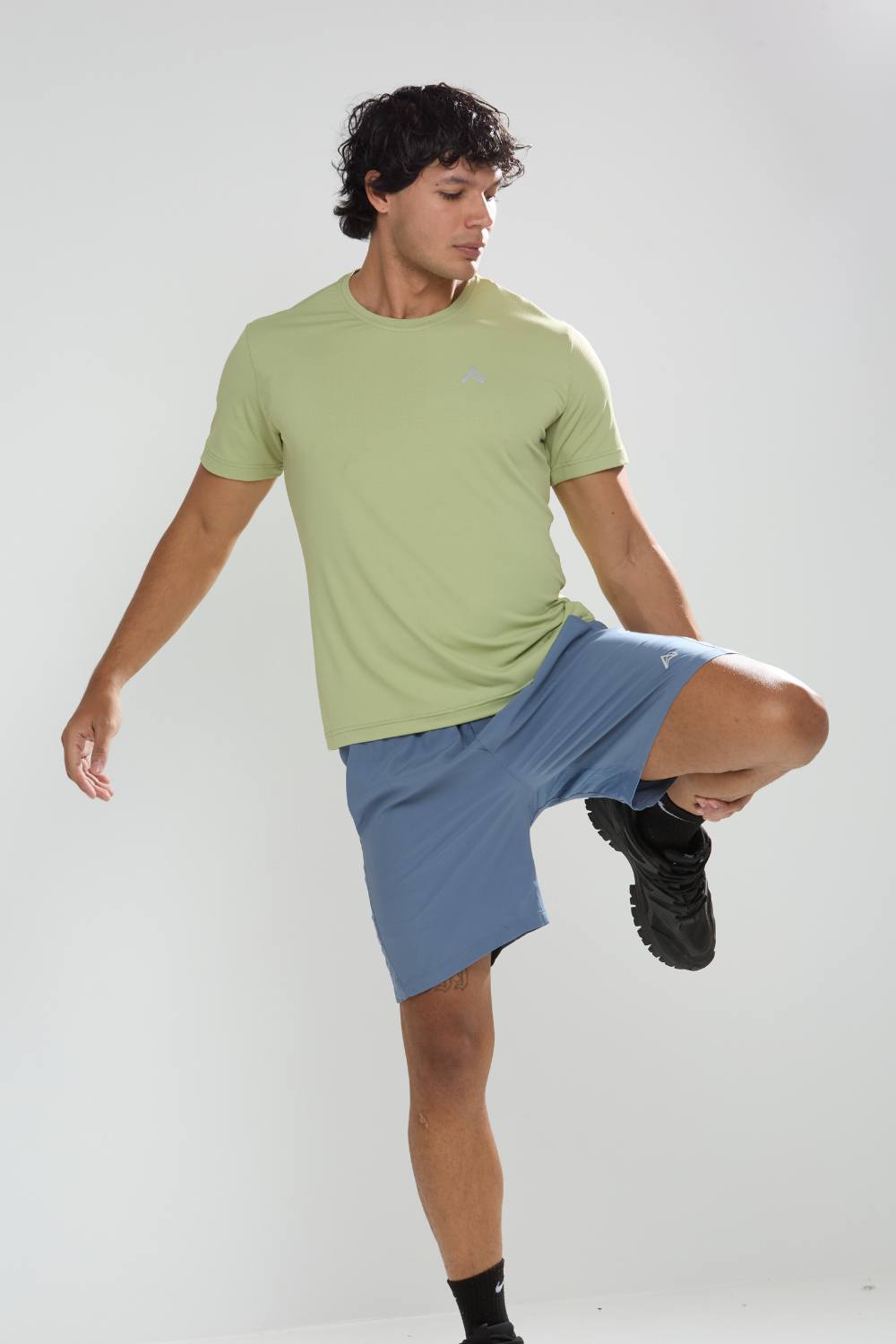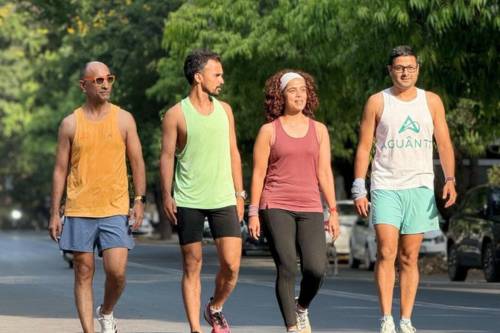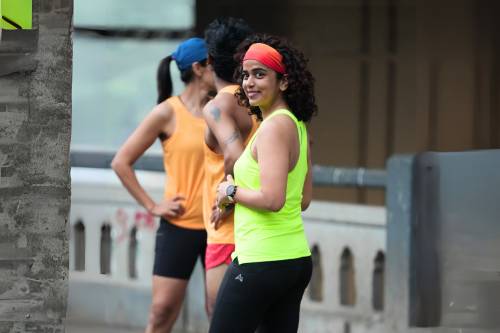Envision lacing up your sneakers as the first light breaks, the rhythm of your footsteps syncing with your breath, and that reliable pair of running shorts moving effortlessly with you. For dedicated runners, apparel transcends mere fabric it's an essential ally in pursuing peak performance. Amid a saturated market of activewear choices, what compels athletes to remain faithful to one brand? Often, it's the ingenious, empathy-driven loyalty initiatives that transform casual purchasers into devoted enthusiasts.
Tired of gear that slows you down? Chafing, soggy fabrics, and missing pockets kill your run's momentum. At Aguante, we're runners who get it. Our high-performance activewear features moisture-wicking fabrics, ergonomic designs, and smart storage to keep you focused. Shop Now!
Why Loyalty Matters in Activewear
In the thriving realm of direct-to-consumer activewear, retaining customers has emerged as equally vital as pioneering fresh designs. Industry leaders recognize that onboarding a new runner demands significantly more resources than cultivating loyalty among current ones. Runners constitute a passionate demographic they accumulate miles with discipline, forge connections at events, and routinely update their wardrobes with essentials like breathable t-shirts, compressive half-tights, or streamlined singlets built for long-haul efforts.
This focus on retention unfolds within a landscape of remarkable expansion in the fitness sector at large. The global health and fitness club market stood at USD 104.05 billion in 2022, advancing to USD 112.17 billion the following year. Forecasts indicate a rise to USD 202.78 billion by 2030, driven by an 8.83% compound annual growth rate. North America commanded a 42.59% share in 2022, bolstered by elevated obesity concerns, heightened wellness consciousness, and extensive club infrastructures that encompass diverse offerings from collective exercises to restorative facilities like pools and saunas.
These clubs emphasize holistic well-being, featuring an array of services including fitness machinery, vapor rooms, rehabilitative therapies, team athletics, and nutritious refreshment options. They facilitate both exterior and interior activities, alongside varied solo and communal training regimens such as yoga, cycling, and aerobics. Notably, personal coaching captured a 46.38% segment share in 2022, underscoring the surge in demand for bespoke guidance, while independent workouts appeal due to their cost-effectiveness and flexibility.
However, for activewear enterprises, loyalty extends beyond club affiliations it's about embedding the brand into the runner's routine existence. Traditional stamp-based rebates are fading; contemporary schemes forge sentimental linkages, elevating commerce into genuine partnerships that resonate on a personal level.
Zooming into regional dynamics, India's activewear segment is experiencing robust momentum, fueled by rising urban health trends and shifting consumer preferences. This surge reflects the broader expansion of the apparel sector, underscoring fertile ground for loyalty strategies tailored to local audiences.
Emerging Trends in Loyalty for Activewear and Performance Apparel
Loyalty frameworks are accelerating forward, eschewing simplistic point accumulations for incentives that align deeply with runner's enthusiasms. Envision securing privileged entry to a digital mentoring workshop upon achieving a distance benchmark, or claiming preferential registration for a regional ultramarathon as a steadfast patron. Such immersive benefits ranging from individualized workout blueprints to bespoke equipment alterations position brands as collaborators in athletic advancement.
Technological integrations are propelling this evolution. Smartphone applications monitor excursions, interface with fitness trackers, and dispense customized incentives drawing from metrics like speed enhancements or unwavering practice routines. This fusion of innovation and inspiration allows a brand to celebrate a personal record in a 10K with credits applicable to fresh running shorts or sleeveless tops, fostering a cycle of engagement.
Data assumes a pivotal function, enabling brands to dissect buying patterns perhaps a inclination toward women's running tees or men's compressive leggings to devise ultra-specific propositions. These initiatives transcend digital realms, encompassing rewards for boutique fittings, gathering attendances, or disseminating triumphant run narratives across social platforms.
In India, the fitness arena is intensifying across urban hubs such as Bangalore, Hyderabad, Mumbai, Pune, Navi Mumbai, Delhi, Gurugram, Surat, and Ahmedabad. Buoyed by escalating affluence and a youth-led wellness surge, activewear firms are customizing loyalty to indigenous preferences. This includes orchestrating group jogs and application-centric contests that honor the tenacity of city running in sweltering, moist environments. Brands leverage social media to amplify reach, hosting virtual trials like 10K challenges or extended yoga marathons, cultivating communities rather than mere transactions.
Moreover, gamification elements such as badges for milestones or leaderboards for collective goals infuse fun into loyalty, encouraging sustained participation. Sustainability-focused rewards, like credits for recycling old gear, appeal to environmentally conscious runners, aligning with global shifts toward ethical consumption.
Real-World Examples and Case Studies
Examine powerhouses like Nike's Run Club platform, where participants record distances to earn emblems, instructional resources, and limited-edition releases. This transcends mere incentives it's a worldwide fellowship that nurtures inclusion. Likewise, Adidas's Runtastic amalgamates monitoring with advantages like event precedence, converting routine trots into interactive quests.
For specialized entities, loyalty frequently revolves around localized essences. Compact brands arrange club outings or collaborate with opinion leaders for joint ventures, granting contributors equipment enhancements or recognitions. This bottom-up methodology erects intimate collectives, rendering loyalty innate rather than contrived.
Within India's burgeoning scene, nascent marques are establishing their footholds. Consider Aguante, an activewear label inaugurated in 2018, engineered by runners for their ilk. Their lineup encompasses superior performance garments such as vests, bottoms, semi-tights, and joggers, incorporating attributes like sweat-evaporating materials, ample storage, anatomical contours, and luminous accents all proffered at reasonable rates with nationwide gratis delivery and a fortnight refund window.
Aguante distinguishes itself by eschewing universal designs; their offerings are calibrated for India's distinctive running milieus intense warmth, elevated dampness, irregular landscapes. They prioritize minutiae that runners covet: stable compartments sans jostle, friction-resistant interiors, and silhouettes validated by genuine sportspeople. Amid a domain ruled by exorbitant foreign conglomerates, Aguante furnishes domestic ingenuity with international caliber, accessible via outlets like Myntra and Amazon Marketplaces.
Envisioning loyalty assimilation, Aguante might elevate its distinction. Contemplate a scheme where recurrent acquirers accrue credits for excursions publicized on Instagram, Facebook, or YouTube, exchangeable for tailored attire or admissions to elite coaching assemblies with luminaries from profiles like barefoot_coach_shanth_koushik or coach_amitkumar. This ethos centers on bolstering stamina, enhancing each outing, and metamorphosing patrons into a cadre that advocates the marque fervently.
Broader Indian loyalty exemplars, such as Max Fashion's ELITE boasting over 18 million adherents since its 2023 debut illustrate rapid ascension through enhanced perks. While not exclusively activewear, these models inspire, as do programs like Titan's Encircle or Shoppers Stop's First Citizen, which redefine retention via personalized gratifications.
Challenges and Limitations
Naturally, loyalty endeavors aren't devoid of hurdles. Initial investments in application development and experience orchestration can burden finances, necessitating demonstrable returns via indicators like repurchase frequencies or endorsement surges.
A peril lies in fostering "bargain reliance," wherein perpetual promotions diminish a marque's upscale allure. Runners may defer acquisitions awaiting reductions, eroding standard pricing integrity. In metric-intensive setups, confidentiality apprehensions surface; improper stewardship of athletic data could dissipate confidence swifter than an ill-timed injury.
Operational intricacies compound matters. Spanning direct portals, emporia like Myntra and Amazon, and brick-and-mortar venues, guaranteeing fluid credit aggregation and utilization probes logistical prowess. Across India's varied metropolises, sociocultural subtleties such as disparate technology uptake in Pune compared to Delhi demand astute navigation to avert alienation.
Additionally, balancing inclusivity with exclusivity poses dilemmas; programs must entice novices while gratifying veterans, lest they alienate segments. Data privacy regulations, like India's evolving digital personal data protection laws, add compliance layers that brands must heed to maintain credibility.
Opportunities and Business Impacts
Nevertheless, the prospects are invigorating. Masterfully designed loyalty cultivates profound affective affiliations, where runners don't merely don the marque they incarnate it. This ethos-fueled attachment ignites promotion; a content competitor in Gurugram could extol their chafe-proof shorts online, attracting comrades from Surat.
Upselling flourishes within these frameworks, subtly promoting assemblages: couple men's running shirts with matching half-tights or adjuncts. Interactive elements through social amalgamation disseminating feats on Instagram for credits augment visibility, converting users into emissaries.
For entities like Aguante, this translates to enduring expansion. By synchronizing incentives with their ethos of ingenuity, uprightness, and societal accountability, they stimulate iterative loops: a runner procures shorts, tracks distances, garners advantages, escalates to a vest. Endorsements ensue, broadening the fellowship. In a burgeoning arena, these maneuvers fortify market positioning.
Furthermore, loyalty can drive innovation, prompting brands to co-create with users perhaps polling loyalists on new features like enhanced reflective tech. This collaborative approach not only boosts satisfaction but also yields data for refined product development, creating a virtuous cycle of improvement and retention.
Future Outlook and Recommendations
As loyalty progresses, anticipate amalgamations of biometric insights, playful mechanics, and green incentives such as credits for eco-conscious selections. Tomorrow's paradigms may preemptively address requirements, harnessing AI for recuperation advice or event suggestions, all whilst upholding genuineness.
For activewear purveyors targeting runners, the directive is unequivocal: eschew banal enticements. Prioritize what genuinely propels them efficacy elevations, communal auras, and resilient apparatus. As delved in this comprehensive exploration of How Loyalty Programs Strengthen Brand Connections With Runners, these aren't simplistic ploys; they're the pulse of perennial marque affection. Ultimately, loyalty transcends tallying it's about journeying in unison, stride by stride.
Frequently Asked Questions
How do loyalty programs help activewear brands retain running customers?
Loyalty programs in activewear go beyond traditional point systems by creating emotional connections that align with runner's passions. Modern programs offer experiential rewards like exclusive access to training workshops, priority race registrations, and personalized workout plans that position brands as partners in athletic advancement. This approach transforms casual purchasers into devoted brand advocates who see the company as integral to their running journey.
What makes Indian activewear loyalty programs different from global brands?
Indian activewear loyalty programs are customized to local preferences and running conditions, focusing on India's unique climate challenges like intense heat and high humidity. Brands leverage social media platforms to host virtual challenges, organize group runs in major cities like Bangalore and Mumbai, and create community-driven experiences rather than just transactions. With India's activewear market expected to reach $30 billion by 2030, these localized approaches help brands connect with the youth-driven wellness surge.
What are the main challenges activewear brands face when implementing loyalty programs?
Key challenges include high initial investment in app development and experience design, the risk of creating "discount dependency" that can erode premium brand perception, and complex operational logistics across multiple sales channels. Privacy concerns around fitness data management and ensuring seamless point accumulation across direct websites, marketplaces like Myntra and Amazon, and physical stores also pose significant hurdles. Additionally, brands must balance inclusivity for new runners while rewarding loyal veterans without alienating either segment.
Disclaimer: The above helpful resources content contains personal opinions and experiences. The information provided is for general knowledge and does not constitute professional advice.
You may also be interested in: Indian Activewear Brands Expand Reach via Social Media
Tired of gear that slows you down? Chafing, soggy fabrics, and missing pockets kill your run's momentum. At Aguante, we're runners who get it. Our high-performance activewear features moisture-wicking fabrics, ergonomic designs, and smart storage to keep you focused. Shop Now!
Powered by flareAI.co





